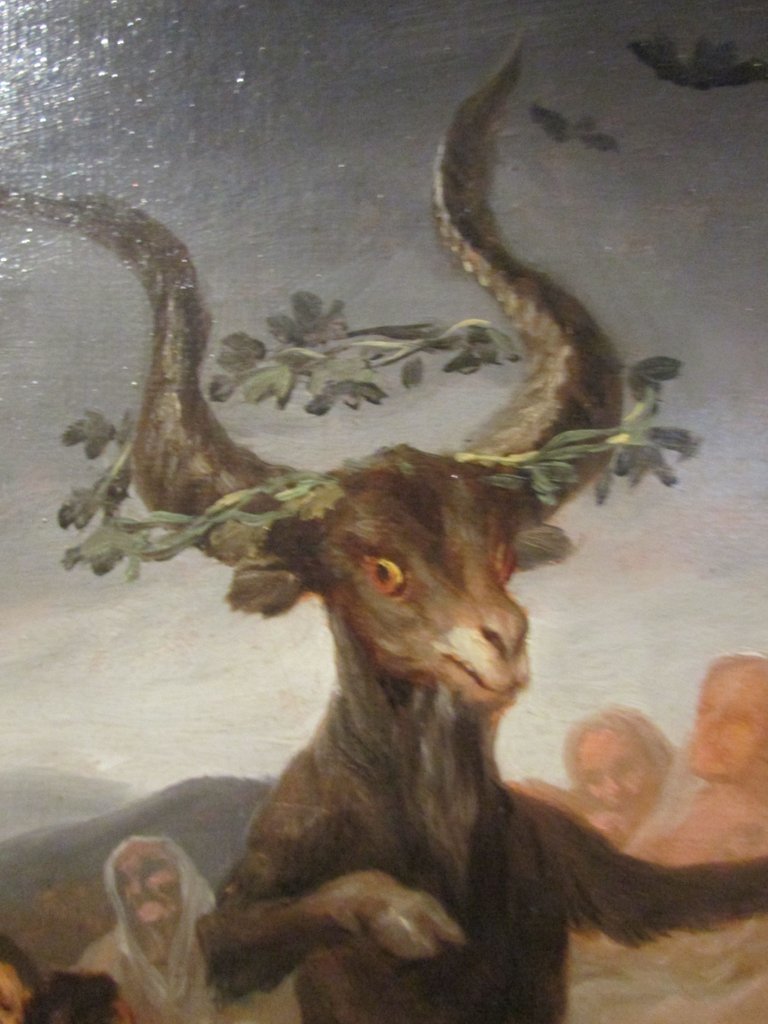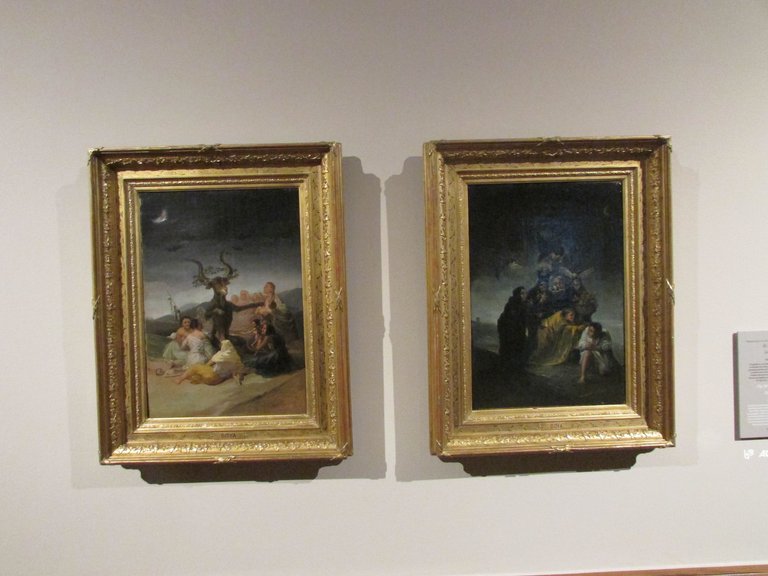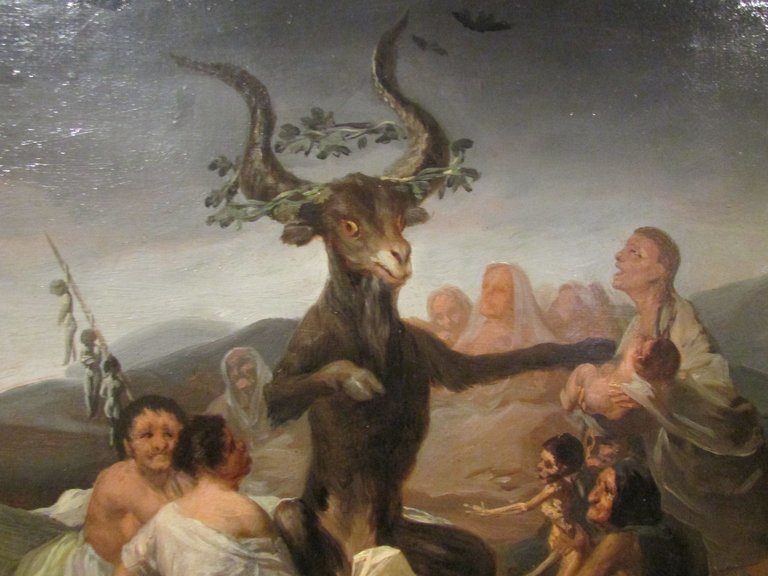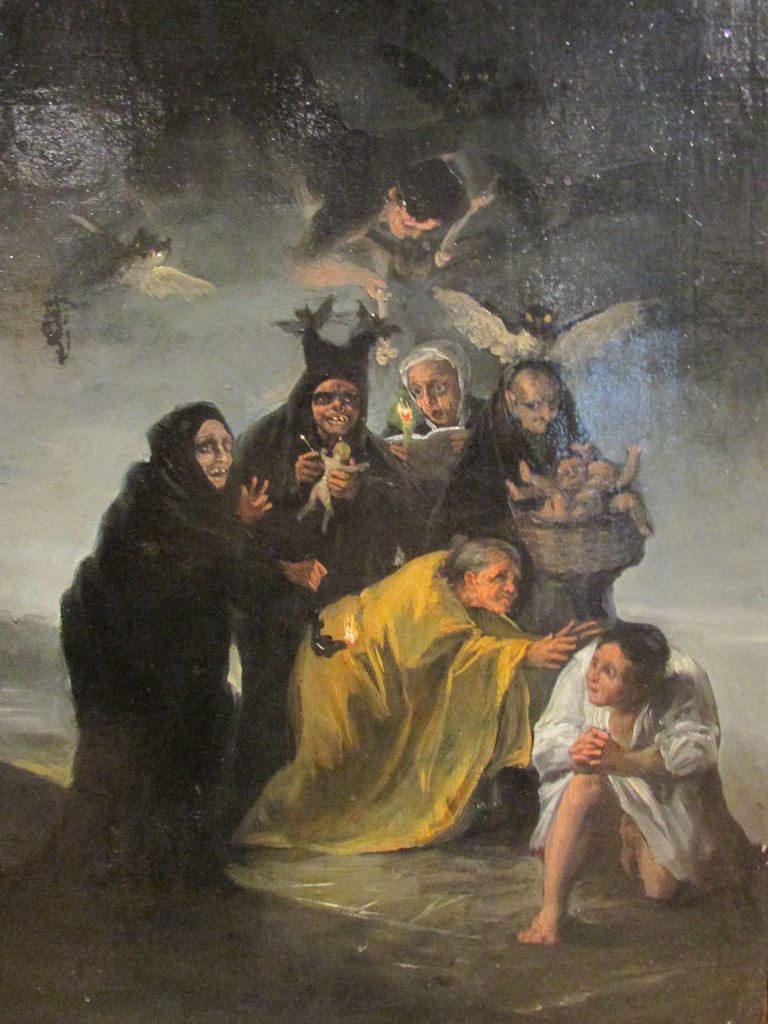Schopenhauer is credited with the phrase that in our dreams, we are all Shakespeare. That Sunday morning, frozen like the white hands of the supernatural ladies of the legends of Bécquer, the breath crystallized in the air, as they say the dust on the wings of a butterfly. In front of the still closed doors of the museum, the frost, like a fisherman's net, had arranged in eminent heaps the hundreds of leaves that had been detached from the dress of an autumn dress that tightened the pace to attend punctually to his appointment with the angel Winter black. Unlike previous Sundays, that privileged 'golden mile' that is the street of Serrano was not cut to traffic, which guaranteed to be able to return by taxi and restrict, as far as possible, the damage that some shoes recently released was producing on the feet. I assumed that the myth of the Achilles heel exploded for some reason and I wondered if perhaps in the heart, if not in the shoemaker's soul, did not nest the perverse desire to pretend to leave us lame, like the blacksmith Hephaestus. Although well looked, I remembered, however, that old belief that people who were born with some physical defect, were blessed by the gods. Later, when the guard opened the metal gates to access the old palace, converted into the world-famous Lazaro Galdiano Museum in Madrid, I noticed one of the main objectives of my visit: Francisco de Goya y Lucientes.
It could be the case, "I said to myself, as I went through taciturn the different rooms full of those wonderful objects of desire, which are basically works of art, that the old and pessimistic Schopenhauer was right, and Goya, after all, had been possessed by the spirit of the great English playwright, when he made those two masterpieces he was looking for: The Aquelarre and The Witches. Two works, apparently, commissioned by the dukes of Osuna, who exhibited them in one of the most enchanted and esoteric places in Madrid, such as the Parque del Capricho. Two works, in addition, hurtful and melancholy, that the more they look, the more atrocious and detestable they seem, not only for the apparent supernatural and pagan act they represent, but also, for the shameful political and social drama that they hide in reality, exposed with masterful expressiveness by a chronicler who made true allegations of inequality through the magical amendment of his brushes.
I soon discovered them, as soon as I ascended to the first floor, while behind me, a hundred wooden steps protesting commiseratively, as if the ineffable horse of the Hun chieftain Attila had passed over them: the one who was said to be on the way back. Grow the grass. It did not take me long to see them, one next to the other, there, standing out magnetically against the white paint background of the master wall of a living room, whose right corner led to a small treasure room, in which they exhibited The Vision of Tondal and The Meditations of San Juan Bautista, works that can not be traced because of their cryptic symbolism, attributed to a no less charismatic and mysterious flamenco master-some sources, however, would place their birth in that metaphorical Babel of cultures, which was once Toledo-may also be possessed by the restless and mocking spirit of Shakespeare: Hieronymus Bosch, El Bosco.
Anyone would say that in the Aquelarre, I thought, hypnotized by the extraordinary strength contained in the figure of the demiurge, the Master represented, in a burlesque way, several myths in the figure of the Cabrío male. It was impossible for me to observe the two women on the right, each with a child in their arms, and not think about the mythical figure of King Solomon. Except that here, the terrible decision was not to elucidate which of the two women was the mother, but which of the two children was appropriate for the holocaust. The situation was ironic, for while one of the women seemed to reject the probable choice of the monster, which kept one of its legs on its right shoulder, keeping away its well-born and ruddy son, the other woman offered the spoils. of his, poorly delivered and cadaverous. The representation of two social and antagonistic worlds, which lived in the same universe but abyss away from each other: far from the noble, ruddy and well-fed child, the one offered in sacrifice is a son of the people, evicted from heaven and of Christian charity, orphan, perhaps also, of its corresponding guardian angel. Maybe that's why Goya thought that the dream of reason produces monsters. But in addition, it was difficult not to notice other details no less significant, such as the shape of the horns of the beast and not feel in them that musical instrument, the harp, planted by biblical kings, like David, who sacrificed his best general , seduced by the irrepressible desire to benefit his wife. There was something familiar, too, in the crown, perhaps of mistletoe, which recalled the orgiastic rites of Pan, Dionysus, Bacchus ... And above all-I shuddered, just thinking about it-that within the circle formed by women, Satan represented the unmistakable role of messiahs of the shadows-emulating what Christ did in the light of day in Galilee-in representation of a disappointed world, characterized by the loss of faith and detachment towards a Church away from humility and compromise with the maintenance of their status and privileges.
Impressed, when not dizzy by that maremágnum of ideas, sensations and agnostic acrimony, I confronted the observation of the following painting, Las Brujas with the stoicism of a Prometheus eternally condemned to be let off the entrails by language. Pandora had done a good job, when she opened the box and the terrible riders of the Apocalypse rode their free will through the world. So it must have seemed to the poor wretch who lived the nightmare of those witches who rushed at him, armed with the most terrible contraptions of traditional sorcery: veils and grimoires; nocturnal birds, like the owl, that so much seemed to impress this lover of nightmares that was Bosch; wax dolls harboring deadly needles in their vital organs; black angels carrying the tibiae of death and that wicked witch bearer of the basket with the infants, ironic and burlesque imitation of the Christian myth of Saint Nicholas ... The nightmares that torment the weak, the humble, who make easy prey in the uneducated and that accompany the rest of his life to the one born to be anointed on the earth.
Even Macbeth could not have imagined worse meeting, nor do I think that Shakespeare had dared to go so far. When I left the museum, I observed the faces, flushed and chilled by the cold, of those who entered, wondering what they would think of those works and how they would judge the Master. The shoes were still a device of medieval torture and the chafing looked like those agonizing punctures that the enchanted person must have felt in his body, each time the witches nailed a pin to his doll. I had no doubt As the Master affirmed: the dream of reason produces monsters.





Very special Thanks for the valuable participation
Thanks to you
Beautiful paintings i like art .
I know, I'm glad
Beautiful
guauuuuuu
esta noche he amanecido en otro mundo jeje
me cambiaron de idioma
feliz dia de invierno juancar
Ja, ja...como últimamente soy un indocumentado en el ambiente hispano, estoy intentando conseguir papeles para traspasar el muro de Trump, a ver si se cumple allí mi steemitano sueño americano. Feliz día, terremoto
me parece bien y si sabes el idioma mejor, yo me fio del traductor pero no se lo que les pone jeje
Bueno, espero que el traductor no sea muy bestia. Me conformo con que mantenga más o menos el sentido de lo que cuenta y se pueda entender.
jaja